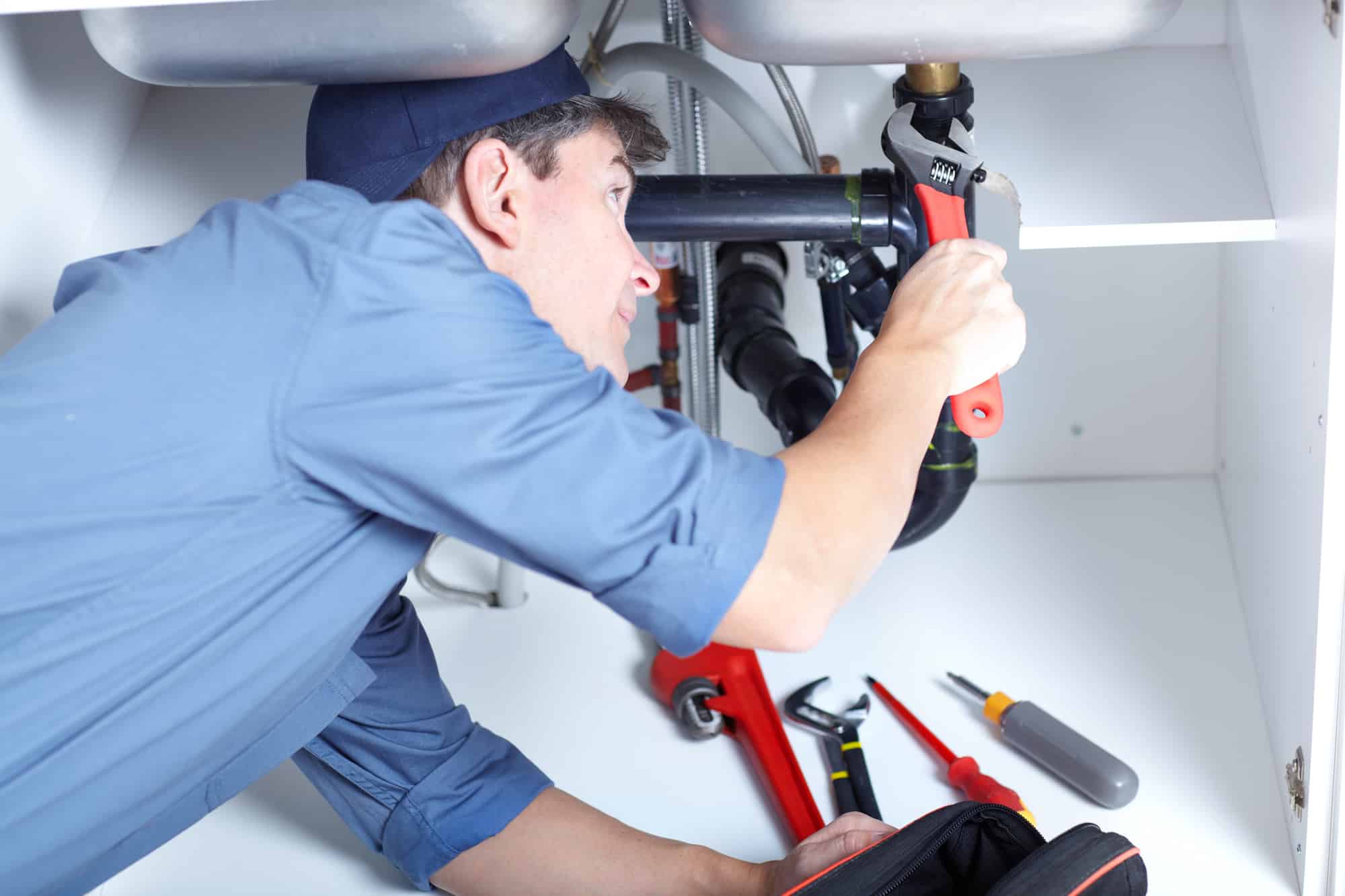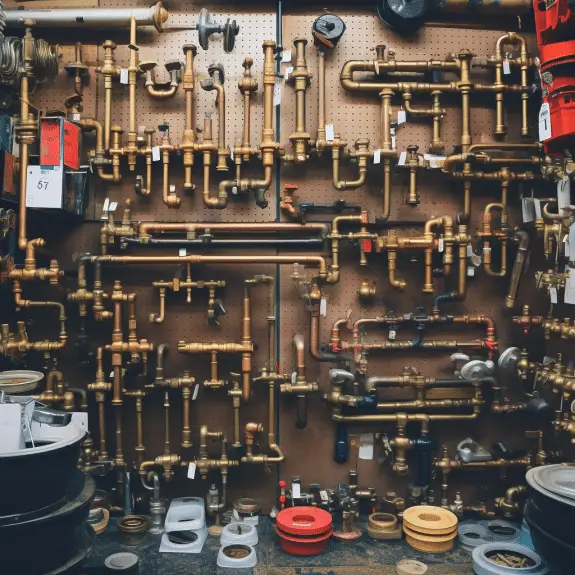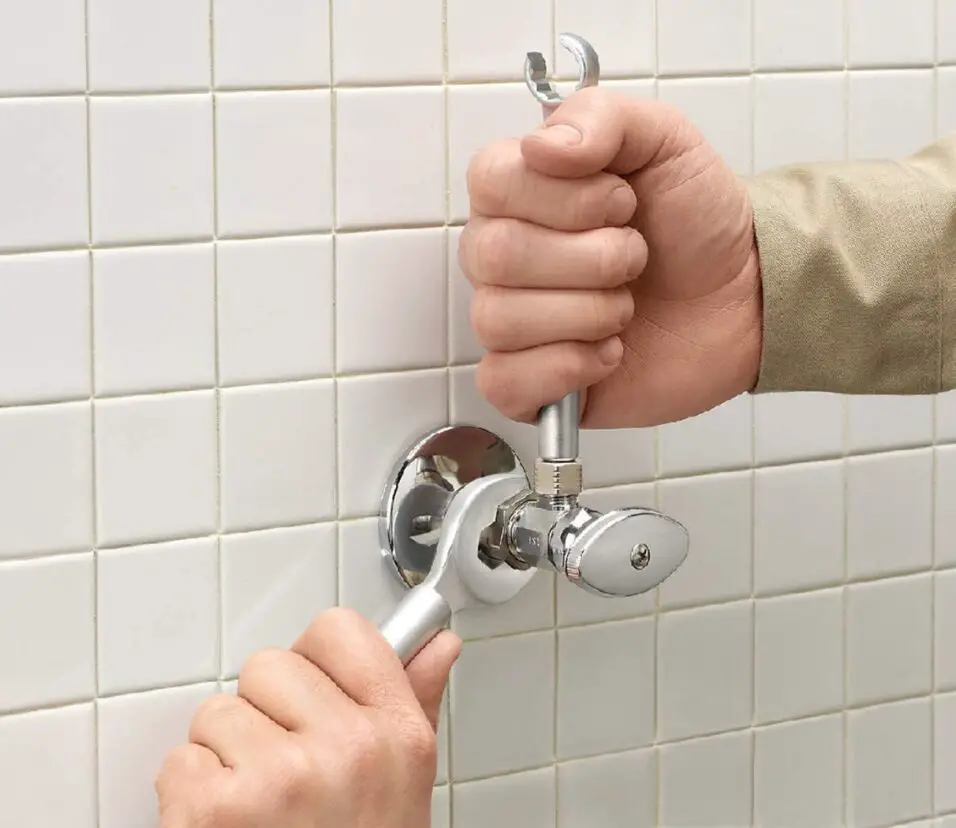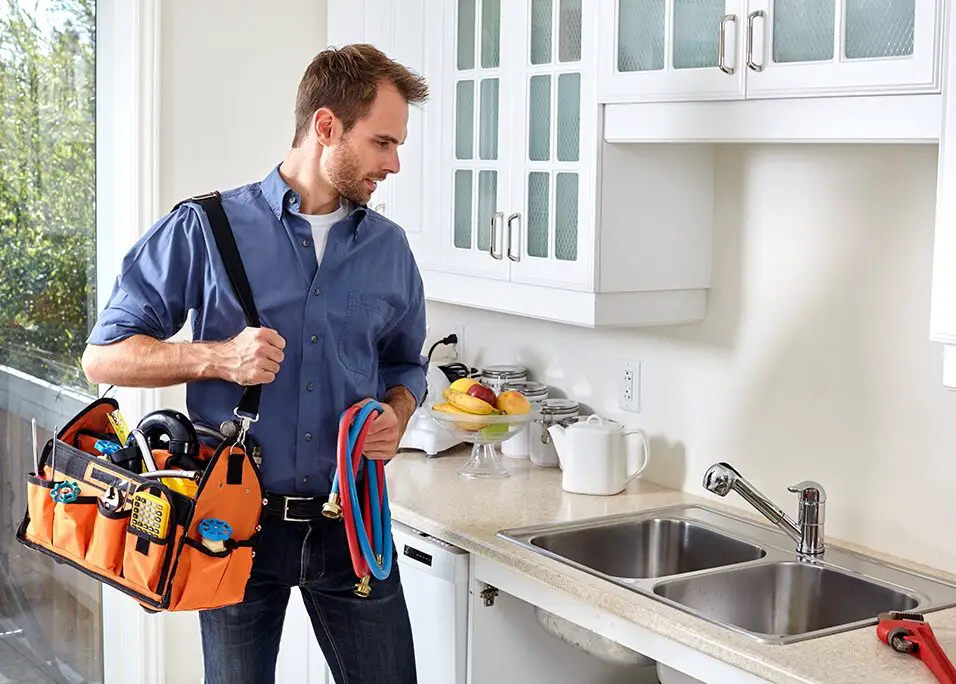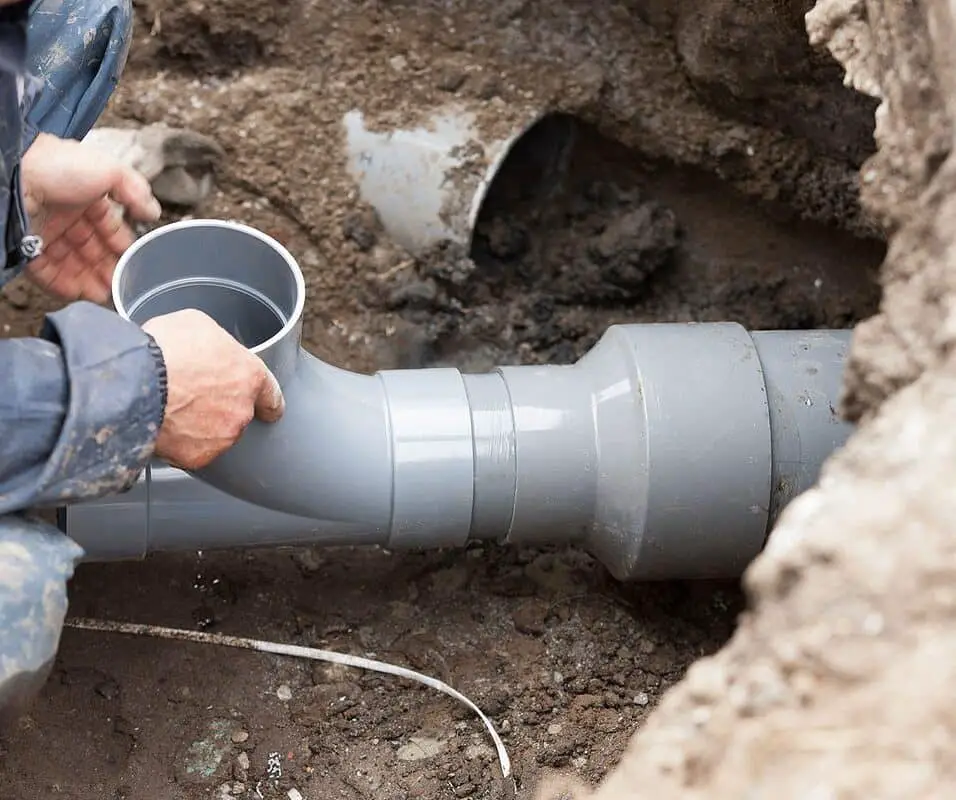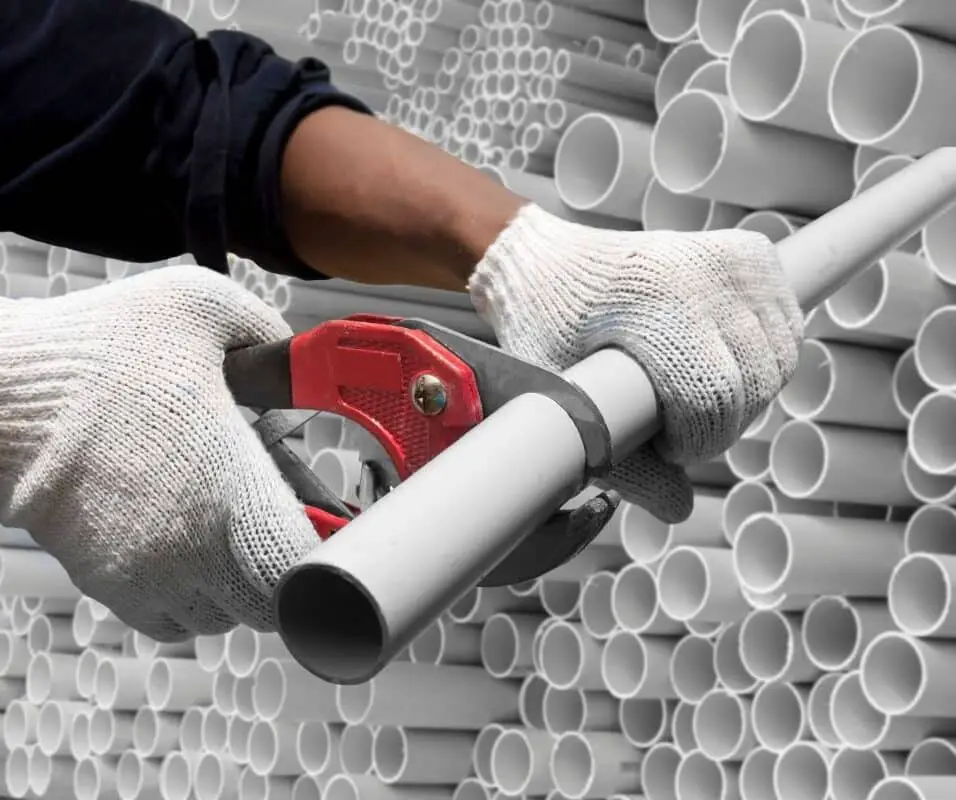What Is A Coupling In Plumbing
Introduction
It’s a simple but necessary tool used to make connections in water systems that are safe and won’t leak. Couplers connect two pipes together so that fluids or gases can run through them without any problems. They also keep the pipes’ structure strong and stop leaks.
There are two threaded ends on most joints that can be joined together to make a tight link. You can make a strong link between these threaded ends and pipes or fittings that have the same threads.
The primary purpose of a coupling is to connect pipes or fittings of the same size or different sizes, enabling the extension or repair of a house plumbing system. They can join straight pipes, replace damaged ones, or connect pipes to faucets, toilets, and showers. Couplings are available in different types, including compression couplings, slip couplings, push-fit couplings, or soldered couplings, each designed for specific installation methods and pipe materials.
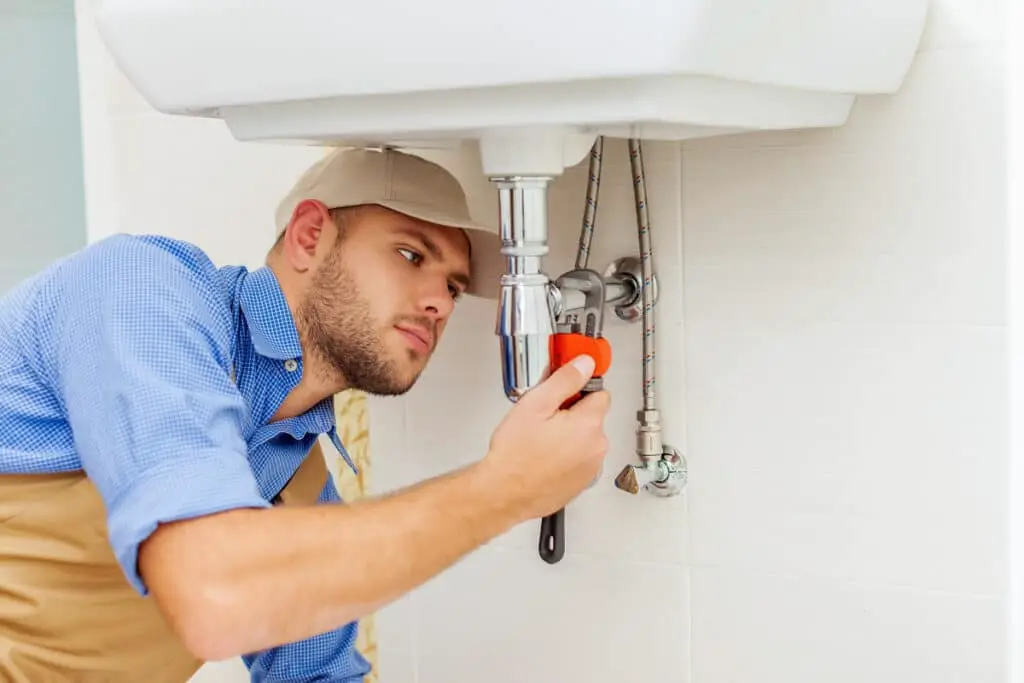
What Is Coupling In Plumbing?
It’s a very short piece of pipe or tube with a hole at one or both ends. Also called a coupler. Fused steel, copper, brass, or other materials can join pipes or tubes.
In plumbing, a coupling is a part or device that joins two pipes or fittings together. This part is very important for making sure that the water system works properly and stays together. With couplings, you can connect pipes safely and without leaks, so fluids like water, gas, and sewage can move smoothly.
To fit different mechanical needs, couplings come in different sizes, shapes, and materials. PVC, copper, brass, and stainless steel are all common materials. The material of the pipe, its size, the type of link, and the needs of the plumbing system all affect the choice of coupling.
Each connection is designed for a unique job and fitting method. Threaded couplings, push-fit couplings, compression couplings, and flanged couplings are some of the most popular types. Compression couplings use nuts and compression connections to make a seal that keeps water out. Couplers with threads have threads on both ends that fit together. Couplers that push together use rubber or silicone gaskets to join safely without any tools. It is made up of two plates that are joined together. A lot of people use them at work and other places where there is a lot of stress.
What Are The Different Types Of Coupling In Pipe?
Pipe Couplings Types
- Full Coupling.
- Half Coupling.
- Reducing Coupling.
- Compression Coupling.
- Slip Coupling / Repair Coupling.
Plumbing systems constantly use compression coupling.A nut or tension ring secures two ferrules to the pipe ends.This makes a secure, leak-proof link without soldering or welding.
People often use threaded connections when they need to take things apart to fix them or keep them in good shape.
You can assemble it without tools. When pressed, the cover snugly fits around the pipe ends. The material is rubber or silicone. Many individuals favor push-fit contacts because they are easy to set up.
Large pipe networks employ them. Two plates are fastened together with a lock in the middle.
Pipe systems can heat and cool. This is handled through expansion joint connections.
What Is The Difference Between Pipe Union And Coupling?
Most pipe joints link identical-width pipes. However, unions can unite different-shaped pipes.
Different materials, methods, and functions distinguish pipe unions and couplings. Both connect pipes and fittings.
Links seal better with nuts. No cutting or soldering required to remove pipe. Remove the pipe joint. They make pipe joints accessible in locations with frequent repairs.
Pipes are permanently connected.
What Is Pvc Coupling?
Some can be kept to connect tiny to large pipes or vice versa.
This sturdy but lightweight material is affordable and rust-resistant for residential and commercial water applications.
We use PVC connections for pipe compatibility and security.
Most joints are fixed with PVC solvent cement.
To join two pieces of PVC, the ends have female threads that fit onto pipes that have male threads. They make a tight seal when screwed onto the ends of the pipes. People often use threaded connections when they need to take things apart to fix them or keep them in good shape.
Why Coupling Is Used In Piping?
You can also change the size of the pipe with these fittings. It can also be used to fix a pipe that is broken or leaky. To make changes to the path or get around barriers, most pipe installations need to join or cut several lengths of pipe together.
Pipe couplings have several vital uses. They make it easier to connect and join pipes and fittings, preserving the plumbing system’s operation and integrity. Pipe couplings serve these purposes:
Secure Connection: Couplings provide a secure and reliable connection between pipes or fittings. They prevent leaks and ensure the seamless flow of fluids within the piping system. By creating a tight seal, couplings help maintain the efficiency and effectiveness of the plumbing infrastructure.
Flexibility and Adaptability: Couplings offer flexibility in piping installations. They allow for easy adjustments, modifications, or repairs without the need for major disruptions to the entire system. Couplings enable the connection of pipes with different diameters, materials, or configurations, ensuring compatibility and adaptability in complex plumbing layouts.
Installation and Maintenance: Couplings are easy to install.They often require minimal tools and techniques, making them efficient for plumbers and contractors. Couplings also facilitate easy disassembly and reassembly during maintenance or repairs, reducing downtime and costs associated with plumbing system disruptions.
Thermal Expansion and Contraction: Piping systems are subject to thermal expansion and contraction due to temperature fluctuations. Couplings, such as expansion joints or flexible couplings, accommodate these movements by providing flexibility and preventing stress on the pipes. This helps maintain the structural integrity of the system and prevents damage.
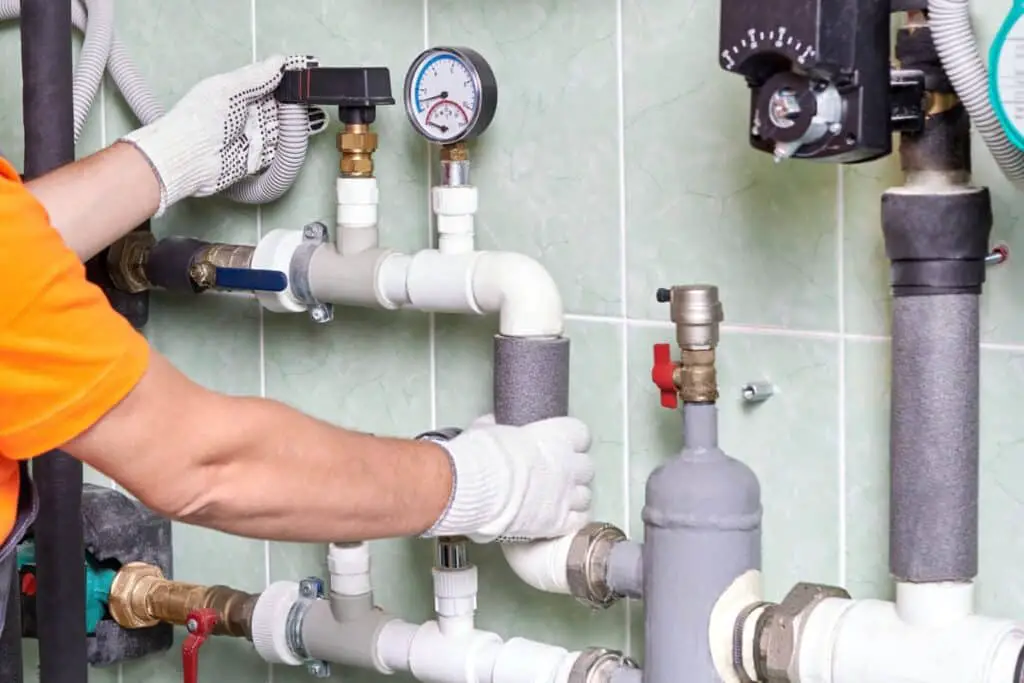
What Is The Purpose Of A Coupling In Plumbing?
The primary purpose of a coupling is to join two sections of pipe together. When extending or repairing plumbing lines, couplings ensure water or other fluids flow without interruption.
The purpose of a coupling in plumbing is to create a secure and leak-free connection between pipes or fittings. Couplings serve as essential components that join different sections of pipes together, ensuring the smooth and efficient flow of fluids within the plumbing system. Here are some key purposes of couplings in plumbing:
Leak Prevention: One of the primary functions of a coupling is to prevent leaks in the plumbing system. Couplings create a tight seal between pipes or fittings, minimizing the risk of water or gas leakage. This is crucial for maintaining the integrity of the plumbing infrastructure and avoiding costly water damage or gas leaks.
Connection and Integration: Couplings allow for the connection and integration of pipes or fittings, enabling the plumbing system to function as a unified whole. By joining different sections of pipes together, couplings ensure a continuous flow of water or other fluids, enabling proper water supply, drainage, or other plumbing operations.
Flexibility and Adaptability: Couplings provide flexibility and adaptability in plumbing installations. They allow for adjustments, modifications, or repairs without the need to replace the entire pipe section. Couplings enable the connection of pipes with different diameters, materials, or configurations, accommodating the specific needs of the plumbing system.
Easy Installation and Maintenance: Couplings are designed for easy installation and maintenance. They often require minimal tools and techniques, making them efficient for plumbers and contractors. Couplings also facilitate easy disassembly and reassembly, simplifying maintenance or repair work without disrupting the entire plumbing system.
How Do You Install A Coupling In Plumbing?
The installation process for couplings varies depending on the type used. Generally, it involves cutting the pipes to the desired length, cleaning the ends, and applying appropriate sealants if necessary.For slip couplings, all you have to do is slide them onto the ends of the pipes. For compression couplings, you have to tighten the compression ring or nut.Place push-fit couplings on pipes and press until they click. Clamps position and tighten Fernco connections.
Installing a coupling in plumbing requires a few steps to ensure a proper and secure connection. Here is a general guide on how to install a coupling in plumbing:
Prepare the Pipes: Ensure that the pipe ends are clean, smooth, and free from any debris or burrs. Use a pipe cutter or appropriate tool to cut the pipes to the desired length, ensuring they have straight and even edges.
Select the Coupling: Choose the appropriate coupling based on the pipe material, size, and type of connection needed (compression, threaded, push-fit, etc.). Make sure the coupling is compatible with the specific plumbing application.
Apply Sealant or Tape (if needed): Depending on the type of coupling and pipe material, you may need to apply sealant or thread seal tape to create a tight and leak-free seal. Follow the manufacturer’s instructions for the specific sealant or tape.
Fully insert and seat the other pipe end in the connection.
Plumbing Pipe Leaks: Can Couplings Help?
Couplings commonly repair plumbing leaks. A coupler can strengthen a pipe with a tiny break or leak and prevent it from worsening.
Plumbers can fix leaks in their lines with couplings. Most of the time, couplings are a good way to fix leaks and make the plumbing system work again without having to do a lot of repairs or changes. Clamps can be used to fix leaks in the following ways:
Identify the Leak: First, locate the source of the leak in the plumbing pipe. It could be a small crack, a damaged section, or a faulty joint.
Cut out the Damaged Section: Using a pipe cutter or a saw, carefully cut out the damaged section of the pipe. Ensure that the cut is clean and straight, removing any compromised or corroded parts.
Measure and Select the Coupling: Measure the length of the cut-out section and choose a coupling that matches the diameter and material of the existing pipe. It is important to select a coupling that is suitable for the specific application and compatible with the pipe material.
Prepare the Pipes and Coupling: Clean and smooth the pipe ends, removing any debris or rough edges. If necessary, apply thread seal tape or sealant to the pipe threads or the interior of the coupling.
Install the Coupling: Slide the coupling onto one pipe end, ensuring it fits securely. If it is a compression coupling, place the compression nut and ferrule onto the pipe. Then, insert the other pipe end into the coupling and make sure it is fully seated.
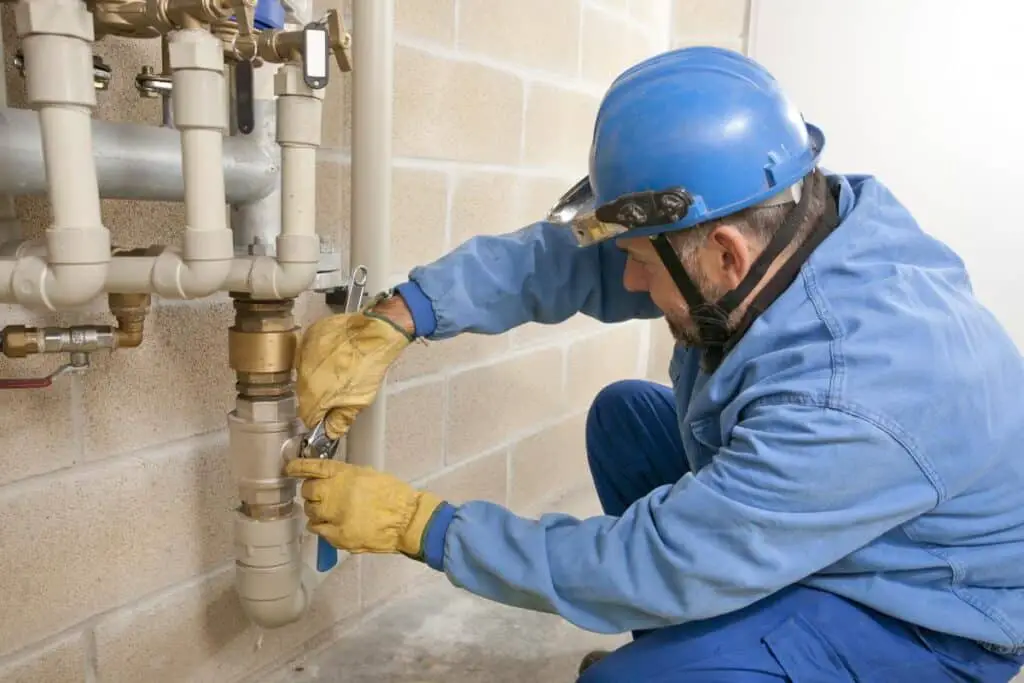
Conclusion
A coupling in plumbing is an essential component that plays a crucial role in connecting and joining different pipes or fittings together. It is basic but effective, providing a secure and leak-free connection to ensure smooth plumbing fluid movement. Couplings are available in various materials, such as PVC, copper, brass, or stainless steel, to accommodate different plumbing applications and environments. They come in different sizes and designs, including compression, threaded, or push-fit couplings, offering versatility and ease of installation.
The primary function of a coupling is to create a tight seal between two pipes or fittings, preventing leaks and maintaining the integrity of the plumbing system. Couplings also allow for easy disassembly and reassembly, facilitating repairs, replacements, or modifications without disrupting the entire system. Furthermore, couplings provide flexibility in plumbing installations, allowing for adjustments and changes as needed.
They enable the connection of pipes with varying diameters or different materials, ensuring compatibility and adaptability in complex plumbing configurations. Overall, couplings are vital components in plumbing systems, serving as the connectors that bring pipes and fittings together. They ensure the efficiency, reliability, and durability of the plumbing infrastructure, contributing to the smooth functioning of water supply, drainage, and other fluid transportation systems.



